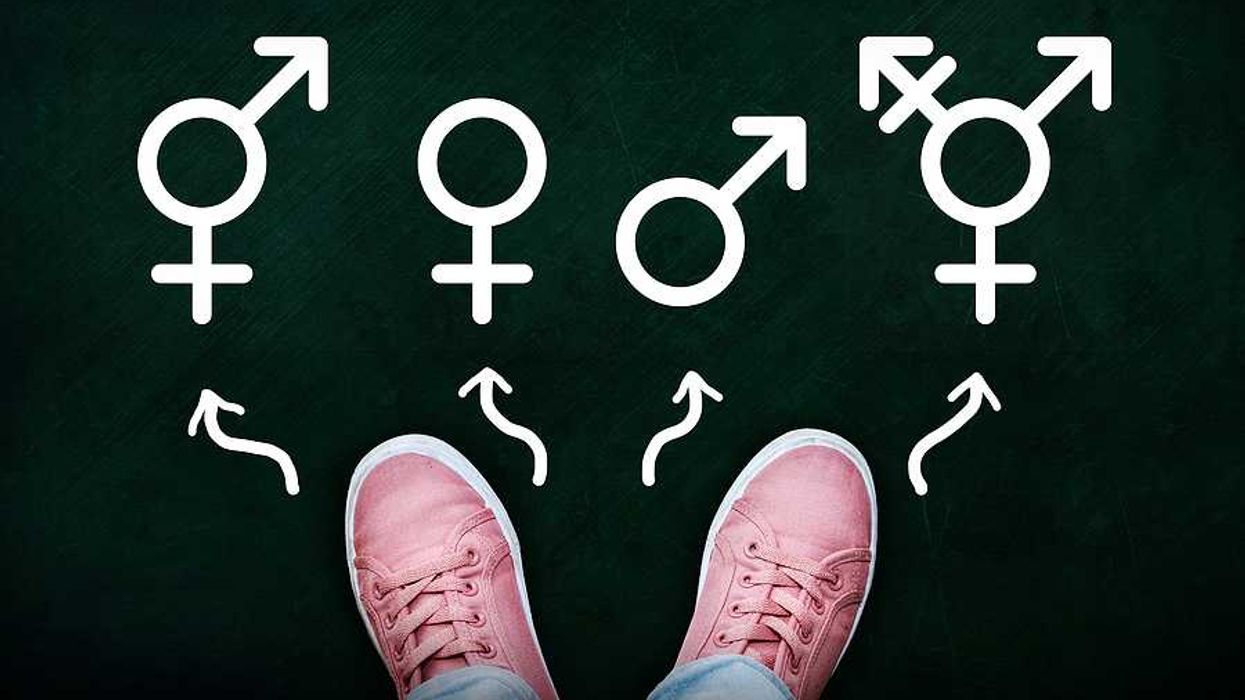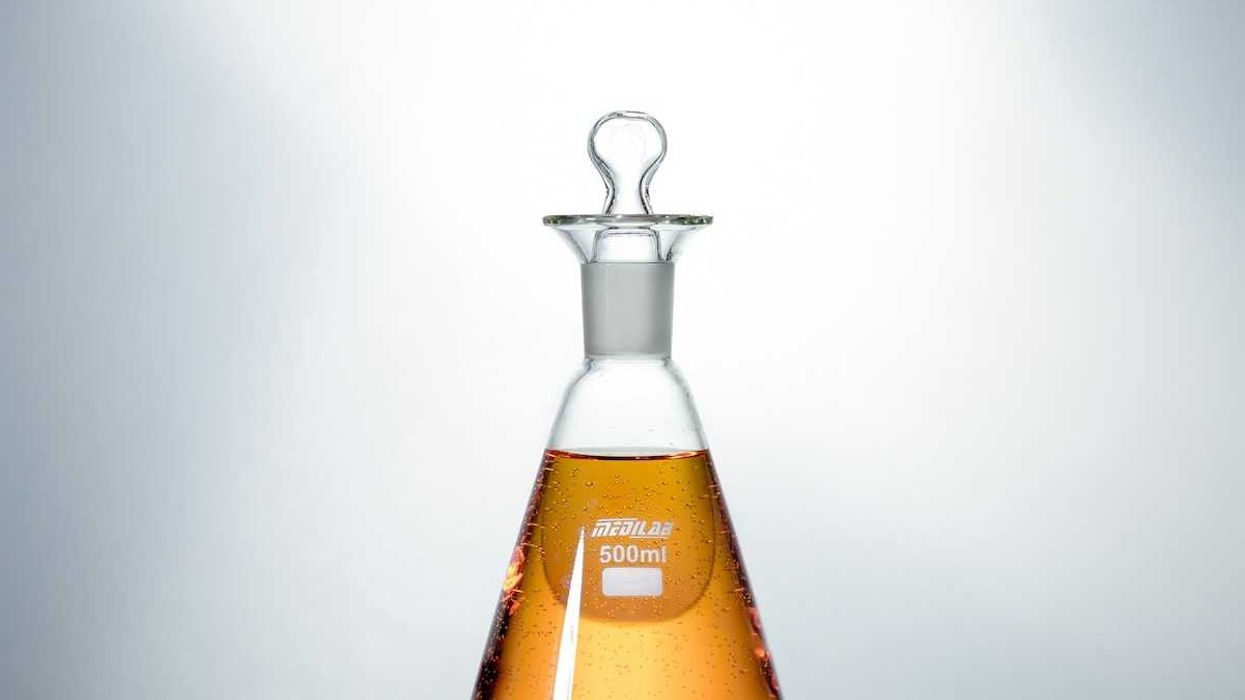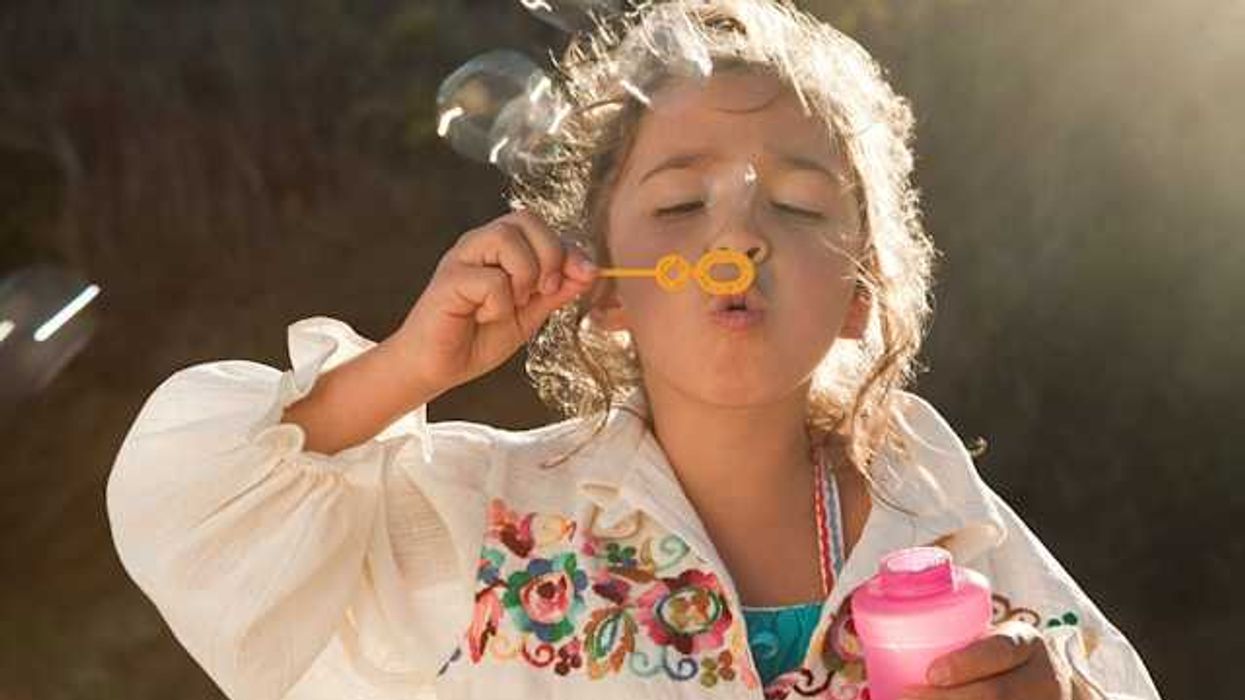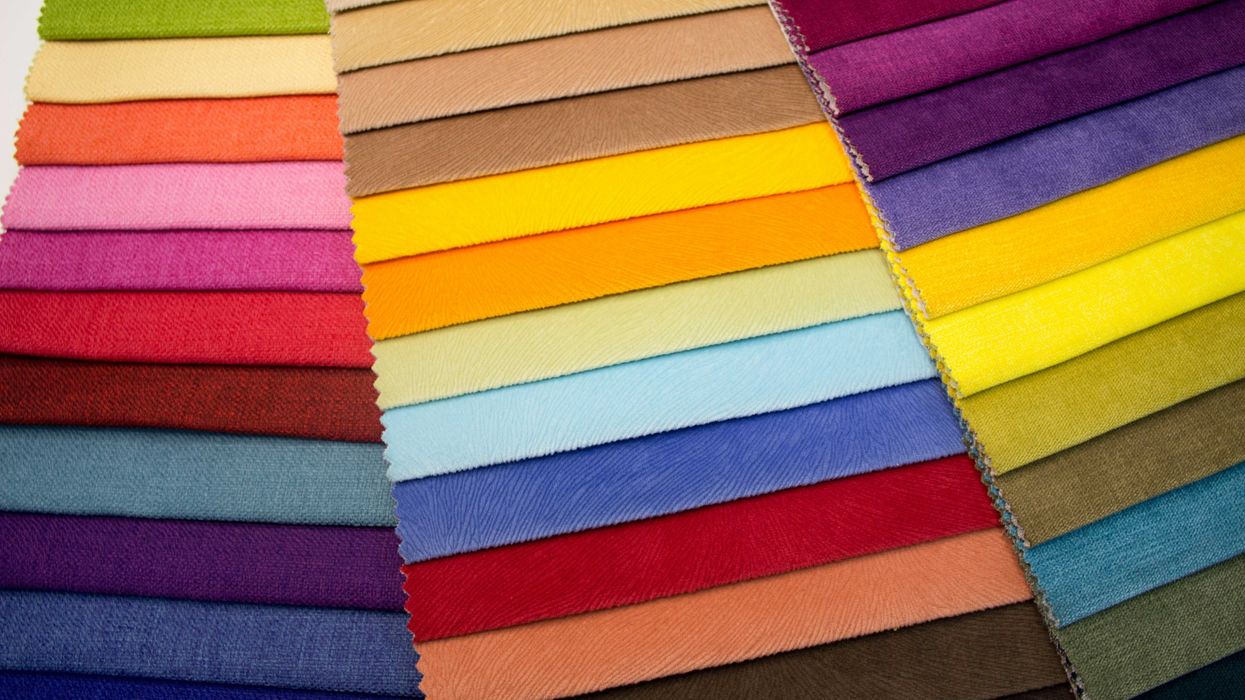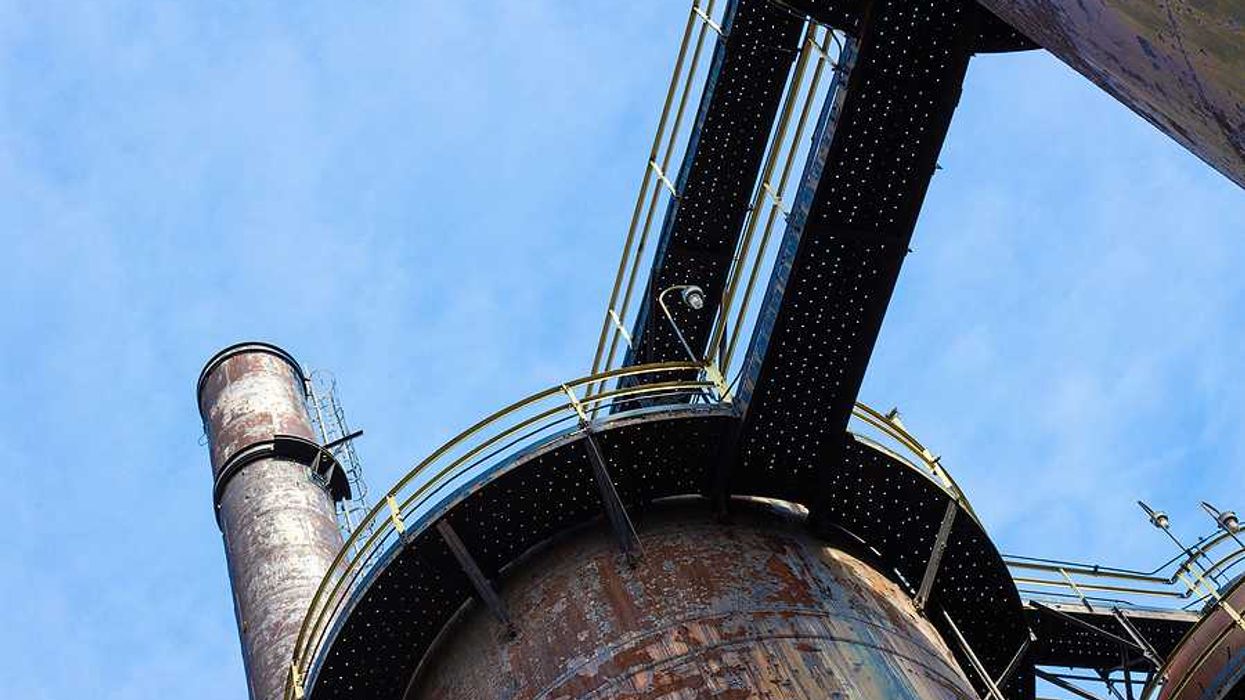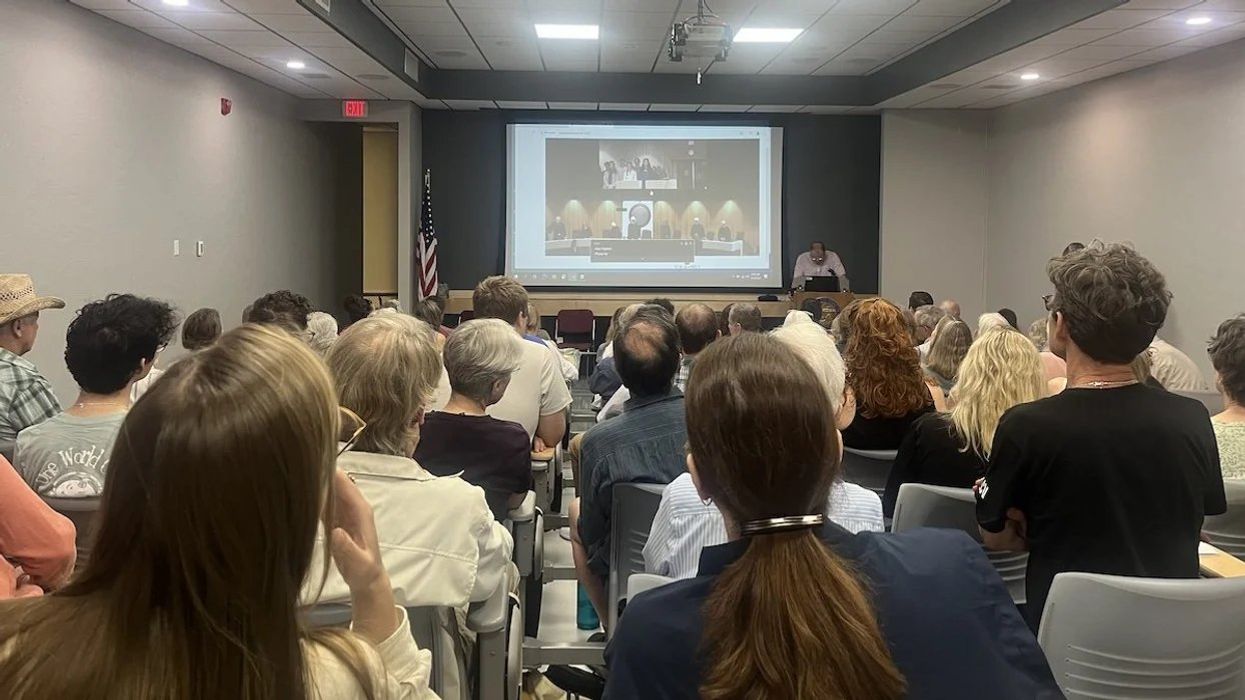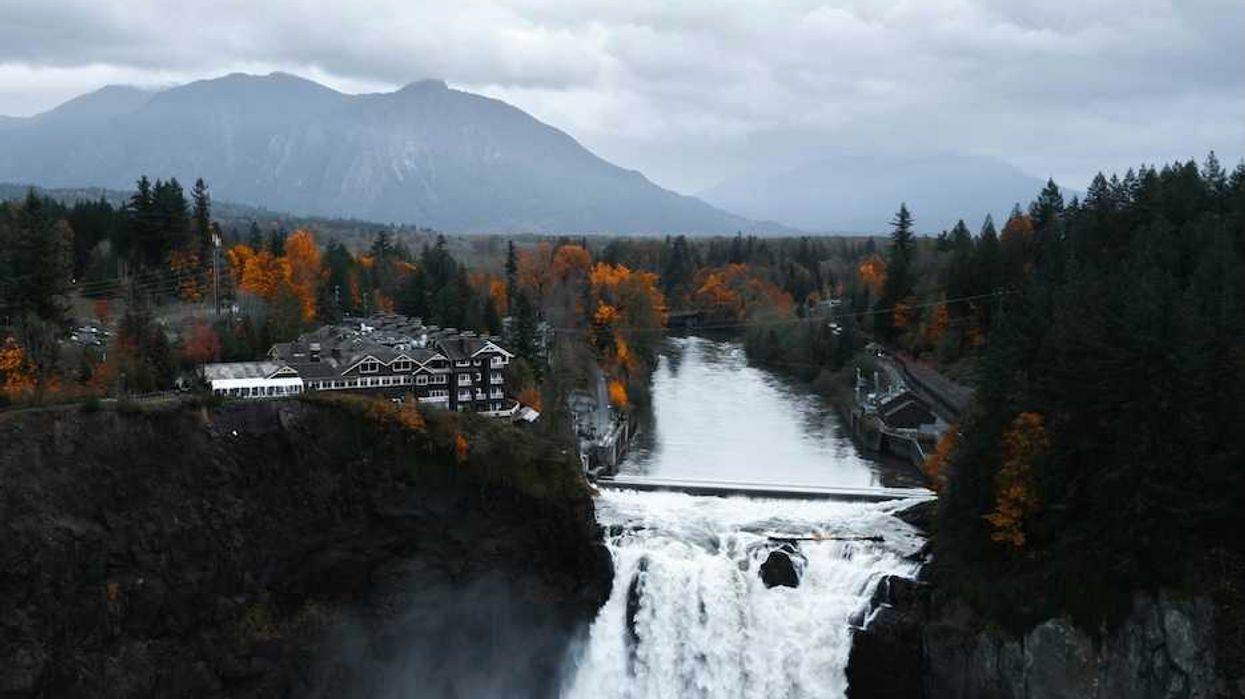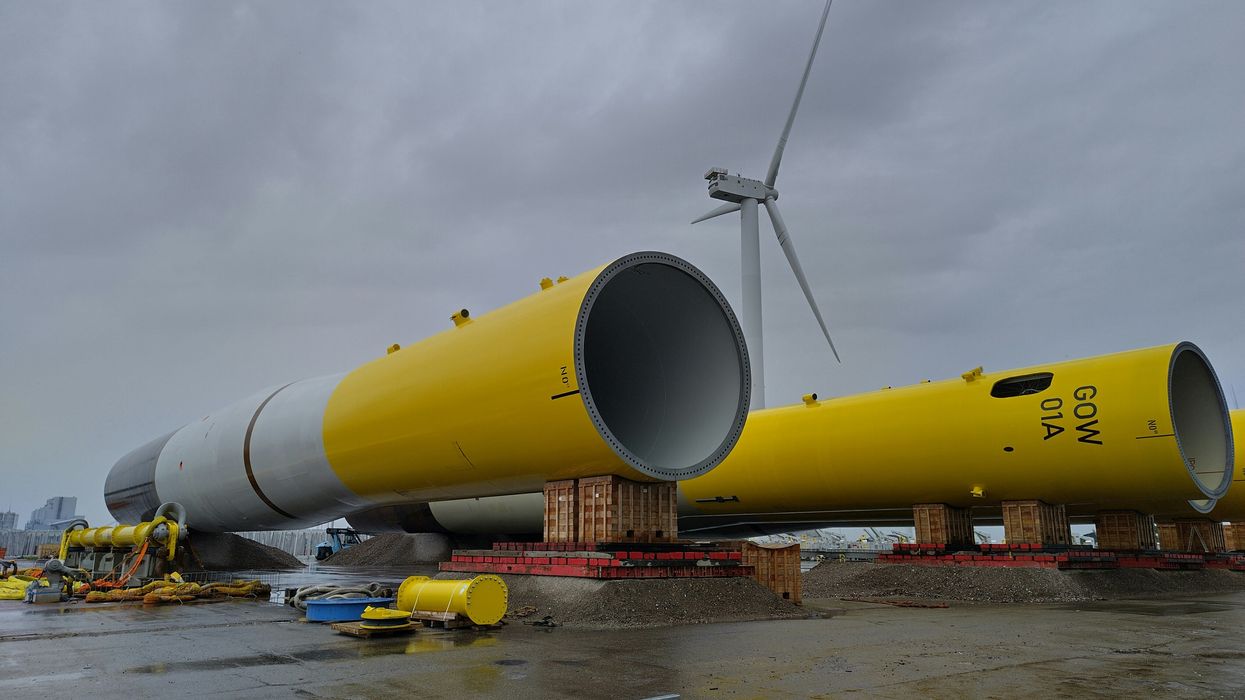A new study highlights the ongoing, unnoticed threat of PCB chemicals in the environment and human health, indicating their production may exceed historical peaks despite a ban more than 40 years ago.
Rachel Salvidge and Leana Hosea report for The Guardian.
In short:
- Research shows that PCBs, harmful to both the environment and health, continue to be produced as byproducts in chemical manufacturing.
- The unintentional production of PCBs could be greater now than during their peak manufacturing years, raising concerns over environmental and human health risks.
- Efforts to eliminate existing PCB stockpiles are lagging, with a large percentage yet to be destroyed.
Key quote:
"This is staggering given that production of PCBs was banned over 40 years ago and we are supposed to be eliminating them under the Stockholm convention."
— Dr. Dave Megson, Manchester Metropolitan University
Why this matters:
PCBs were banned in the United States in 1979 due to their environmental persistence and potential health hazards. However, PCBs do not easily break down in the environment, leading to their accumulation in soil, water bodies, and living organisms over time. They can be found in sediments at the bottoms of rivers and lakes, where they pose a risk to aquatic life.


